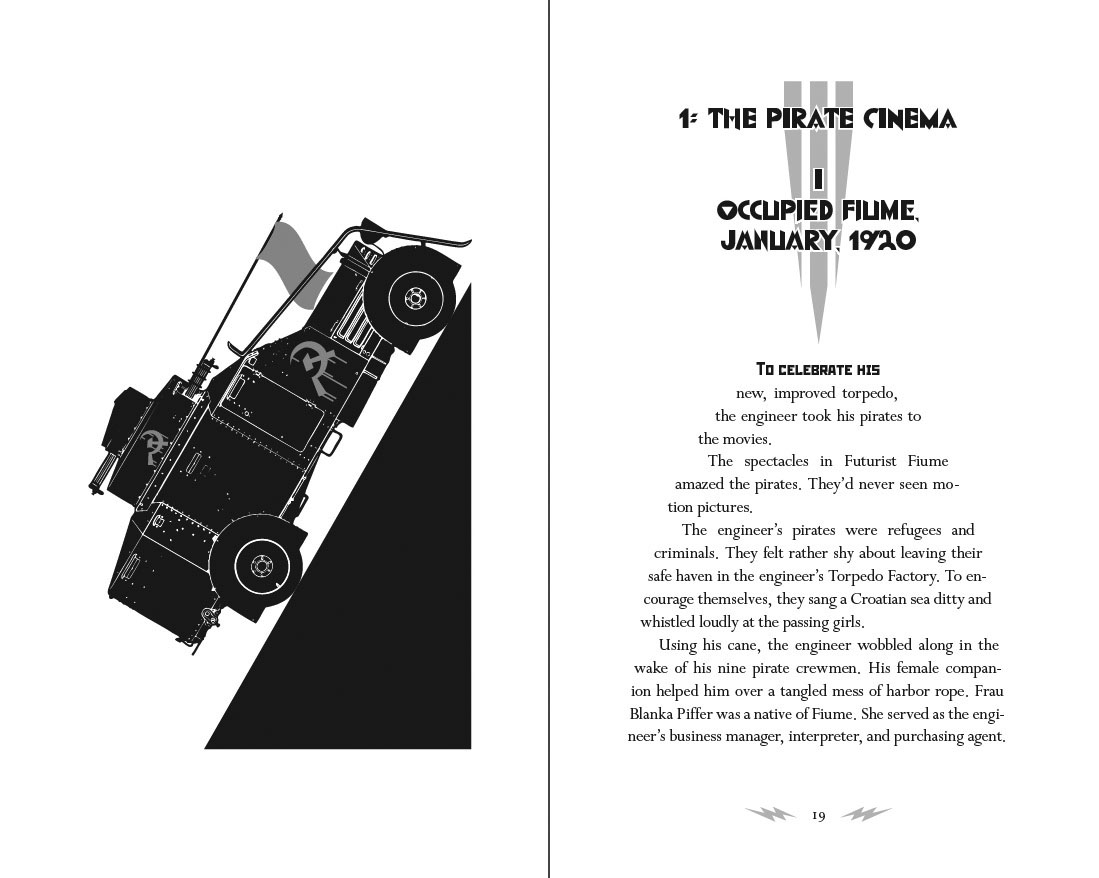


Taken together, these two books shine a light on the intimate but often occluded kinship between science fiction and futurism, rooted in a shared ideology and teleology.

Mercifully, Ellis leavens his grim prognosis with gallows humour, and with his well-tuned ear for the contemporary vernacular: you may be headed for a boot-on-a-human-face-forever sort of an ending, but you’ll find yourself smiling as an academic from a rival discipline describes economics as “a speeding death kaleidoscope made of tits” – particularly if you know anything about economics.
#Pirate utopia book professional#
In contrast to the pulpy swaggerdocio of Sterling’s story, Normal has a stark style and shape, tracing a bleakly Ballardian arc which, plotted on paper, would resemble a stock-market chart during a bank run: a justifiably and self-consciously doomed male Western professional attempts a heroic final act of self-abnegating redemption, only to reveal in doing so the even more comprehensive fuckedupness of, well, pretty much everything. The abyss in question is the light-cone of increasingly plausible and probable end-games facing a civilisation whose ability to generate interesting new technologies has far outpaced their ability to plan, predict or control the consequences – and speaking from beneath my own futurist’s hat, I assure you it can best a basilisk when it comes to lookin’ back atcha. Warren Ellis’s Normal begins with an ageing academic demanding cat gifs with menaces (assuming “menaces” can stretch to include a shank whittled from the handle of a ten-buck toothbrush), and the story only gets darker and weirder, unfolding around a plot featuring “a missing guy, a locked-room mystery out of Agatha Christie, and a pile of insects.” Normal Head is a retreat facility for burned out futurists – not the “woo, flying cars!!” sort of futurist, but the strategists and forecasters who have learned the truth of Nietzsche’s old aphorism about gazing into the abyss, and learned it the hard way. Both futurism and Futurism are far less about the future than they are about a present in the perpetual process of radical sociotechnical reconfiguration, and the possibilities of power in times of flux. Which is not to claim that small-f futurism is necessarily fascist, of course – but the same desires and fetishes can be found the manifestos of both, and today’s self-styled “neoreactionaries” (a small but scary intellectual splinter of the soi disant “alt-right”, fond of cool tech, racist pseudoscience and the presumed meritocracy of enlightened dictatorship) mark the ideological space where futurisms past and present overlap. Both are essentially poetic movements fuelled by utopian genres of writing and the creative arts, and powered by the modernist legacy of a lust for power, velocity and creative destruction. The arrival of “the Magician” – one Harry Houdini, squired by two USian pulp fiction pioneers – and his inviting of Lorenzo Secondari the Pirate Engineer to the States completes the story of Futurism and futurism. But Carnaro is doomed not to last – for as Peter Lamborn Wilson has observed, the pirate utopia is always-already temporary and contingent the polder cannot hold. Identified by glamorous (and thus ridiculous) nicknames – “the Poet”, “the Ace of Hearts”, “the Art Witch” – the heroes of capital-F Futurism unwittingly slip into the narrative space occupied, in our own timeline, by the more fully developed European fascisms of the early 20 th Century: Mussolini, a magazine editor, is emasculated in his office chair by Syndicalist women with single-shot handguns, while a former Austrian art student takes someone else’s bullet during a failed putsch in a Bavarian beer-hall. In this alternate Adriatic, minor historical figures and allegorical types rub shoulders in Fiume, the little city at the heart of the breakaway microstate known as the Republic of Carnaro, where Futurist poets and artists work side by side with rogue military leaders and mercenary engineers to establish a proto-fascist entrepôt with its own hi-tech missile factory. Written in the bombastic style that animates much of Sterling’s more recent short fiction, Pirate Utopia is populated by characters whose larger-than-lifeness is predominantly a function of their unfettered will-to-power (but also cocaine).


 0 kommentar(er)
0 kommentar(er)
